In Japan, interior wall tiles have been manufactured industrially from ancient time and are widely used. With absorbing design and luxury style, Japanese tiles have always had a high prestigious in Eurasia. These tiles were first primarily utilized as sanitary tiles in bathrooms and latrines.
Since then, interior tiles in Japan have acquired the reputation of being utilized more for sanitation in wet areas like baths and toilets than for interior decoration.
Because of this, durability and wall surface protection are desired attributes in interior tiles. Over time, interior tiles with exceptional durability have been created and employed.
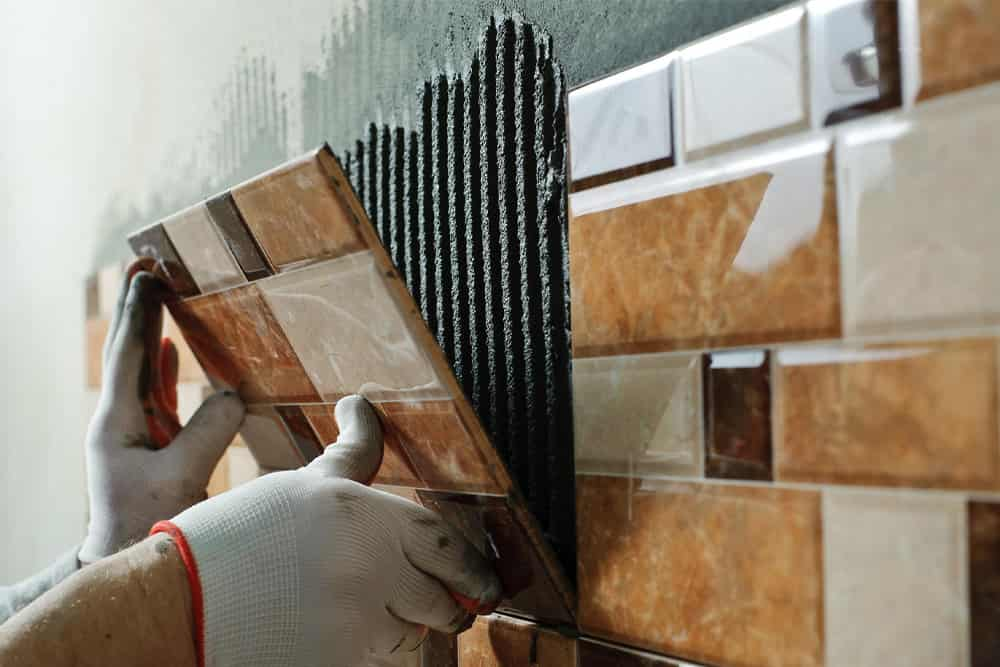
There has been a Japanese-specific pattern of development in the case of external tiles as well. The Great Kanto Earthquake of 1923 was a turning point in the development of outside wall tiles.
This earthquake proved the superiority of buildings made of concrete whose walls were covered with thinly cut bricks. Following the Great Kanto Earthquake, brick buildings were subject to low building codes and the development of outside tiles was sped up. Later. Mechanization made it possible to create tiles in large quantities.
The advancement of tiling techniques was also aided by the construction of taller buildings. In Japan right now, outside wall tiles are frequently utilized to protect the exterior of concrete buildings. However, the most significant issue with the quality of these tiles is the disbonding and fall-off of exterior wall tiles, which occasionally happens.
With regard to. includes the special history of the usage of tiles in Japan, the technique for assessing interior tiles’ resistance to frost damage, and the theory underlying body preparation for good durability. are described. Additionally, the steps required to stop the disbonding and falloff of exterior wall tiles are described.
- THE INSIDE TILES
Interior tiles must have high dimensional accuracy since they are frequently subjected to close-up visual inspection. This is the cause. tiles having a high water absorption rate and low firing conditions. to be used.
The extreme conditions in Japan’s four seasons, which include high humidity and significant temperature changes, make it difficult for tiles with a high water absorption load to resist difficulties like cracking and failure from moisture or frost expansion. The steps taken to solve these issues are described below.
2.1. ACTIONS TO PREVENT FROST DAMAGE
When tiles that have absorbed water see repeated cycles of freezing and thawing, the surface may lift up or develop cracks, which is referred to as frost damage.
In the colder parts of Japan, this phenomena can be seen in both interior and exterior tiles. Because external heat insulation is rare in Japanese buildings, frost damage is more likely to occur when interior tiles are used in bathrooms, where there is a wide range of temperature.

due to the aforementioned issue. In Japan, tiles with good frost resistance and high dimensional precision have been produced. and the process for determining the age of a frost dam has been standardized.
2.1.1. tiles that withstand frost damage
in order to avoid damage from frost. Tale was used as a component of the raw material to create tiles with controlled-shaped pores. Due to the interlocking nature of the enstatite crystals in this tile, low water absorption and low firing contraction can both be achieved simultaneously. An increase in blocked pores is the cause of the decreased water absorption. Even after 1,000 freezing and thawing cycles, there is no damage.
2.1.2. Test of freezing and thawing
The 9’k volumetric expansion that happens as the water absorbed by the tile freezes to become ice is what causes frost damage. Figure 2 illustrates the regions of Japan ranked by the number of days where the daily temperature variation crosses 0°C. In the cold regions, the number of such days is 100 or more. Frost damage is more common in these places where the free ze/thaw cycle repetition rate is large.
In order to assess the resistance to frost damage, the frost cycle must be repeated at least 300 times. The expansion of the tile body due to moisture combined with the contraction of the substrata can result in crazing or other damage to tiles. It is known from experience that there is a high likelihood of frost damage occurring to tiles in these regions within 3 years of installation.
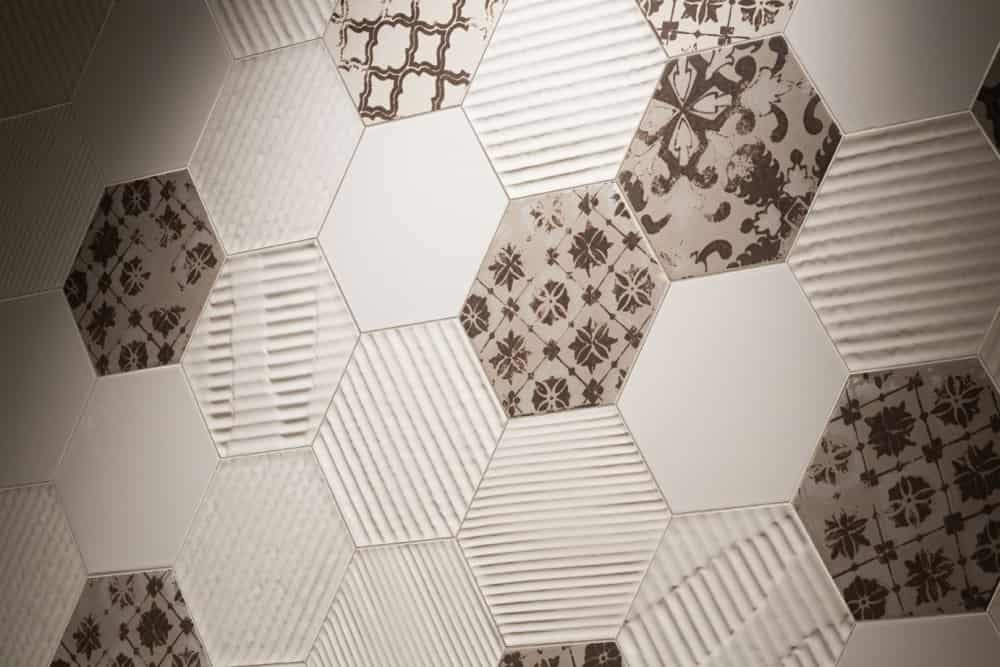
The relationship between the moisture expansion and water absorption of feldspathic tile bodies and limestone type tile bodies has led to the development of tiles with low moisture expansion in Japan. Feldspathic tile bodies, which have high K+ ion content, exhibit high moisture expansion compared to limestone type tile bodies.
The temporary expansion observed in the case of the limestone-added body from 1000 degrees acts to reduce the contraction after firing in addition to the above effect of reducing moisture expansion. This temporary expansion from 1000 degrees is due to the precipitation of gehlenite crystals caused by the presence of CaO.
- OUTSIDE TILES
In general, almost all finishing materials help to reduce the permeation of carbon oxide into concrete, but the effect of tiles is noticeably high. Exterior tiles also protect concrete because of their resistance to permeation of moisture, resistance to ultra-violet light, and resistance to chemicals.
It is expected that new requirements for the grooves in the back surfaces of external tiles will be added to lIS A-5209 as of 1994 since the mechanical banding affects the adhesion between exterior wall tiles and mortar more strongly than the cement’s adhesivity.
In order to improve the bonding between concrete and mortar, a new tile-laying technique called the MCR method has been developed in Japan. Fig. 7 depicts the interface between concrete and mortar in one of the cases where tile disbanding has been reported in recent years. In most of these cases, the disbanding has occurred between mortar and concrete rather than between tile and mortar.
Physical characteristics of tiles and adhesives (thermal expansion)
A tiled wall typically consists of three different materials: concrete, mortar, and tile. Almost all past instances of tile disbonding, however, cannot be directly attributed to the physical properties of the tiles used. However, there have been some cases where the physical properties of the time have been indirectly related to the disbonding phenomenon.

The finite element method (FEM) was used to analyze the stresses between mortar and concrete due to the difference in the coefficient of thermal expansion of tiles. In this mode, simulations were run to determine the stresses when the external and internal wall surfaces’ temperatures rise to 60°C and 30°C respectively from an initial temperature of 2°C, as well as when they fall to O°C and 10°C respectively.
The parts of buildings in which tiles are used in Japan are different from those in the case of Europe and the United States, and are frequently unique to Japan. For example, exterior tiles for individual homes have been developed in Japan. In the future, we intend to pursue not only further improvements to tile quality and production technology, but also new applications for tiles.
Contact us right now if you need to buy tiles with any type and quality. Surely, we could experience a long-term and reliable business relationship.
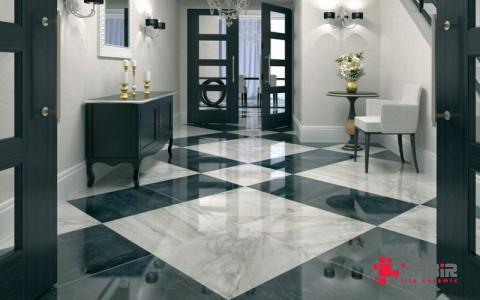
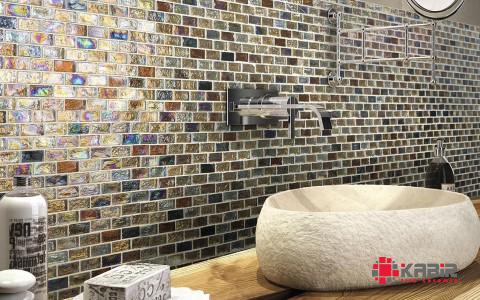

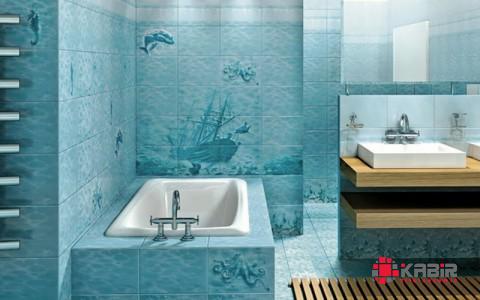
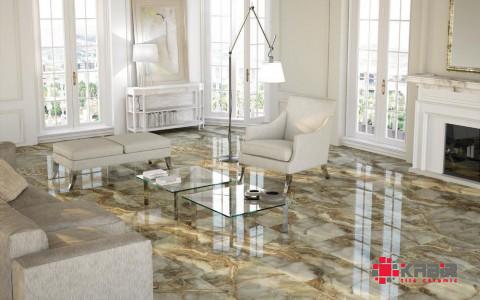
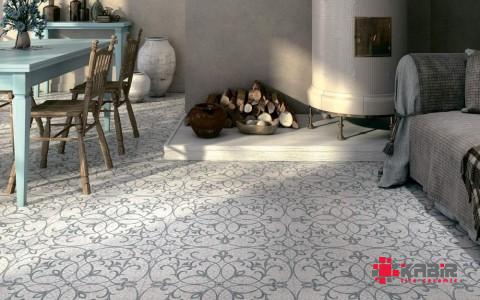
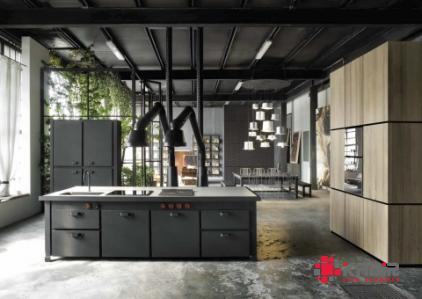

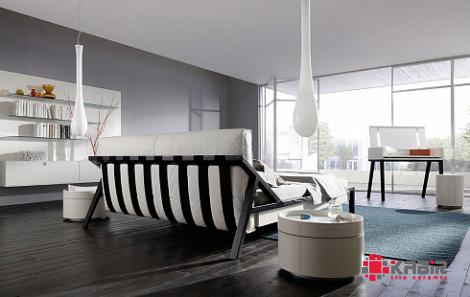
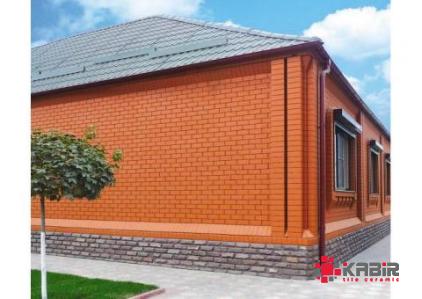
Your comment submitted.